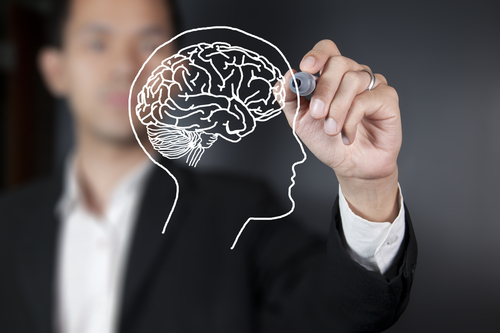Recovery is starting to make an appearance in mainstream media. Netflix series like Flaked and Love feature characters who attend twelve step meetings. ABC Family, now called Free Form, has a series called Recovery Road which features a high school aged teen put into sober living and forced to reconcile her alcoholism. The TV Show Mom highlights the ups and downs of recovery between a sober mother and daughter. Mom star Alison Janney is an advocate for addiction treatment and the fight against opiates.
Though recovery is starting to become “cool”, the mainstream media has always loved alcoholism more. Whether it’s a college party movie, a bachelor weekend movie, or a girls night out movie, mainstream media loves to binge drink. It isn’t just the movies either- books are equally to blame. Memoirs about alcoholism are usually much more about the sensationalization of drunken episodes than the encouraging and inspiring journeys of sobriety. For many, simply hearing one got sober and has stayed sober for X amount of years is inspiring enough. The spiritual program of the twelve steps is too touchy for many, especially because of the use of the word “God”. Communicating the “experience” of alcoholism is easy. The “strength” and the “hope” of recovery is an ongoing life experience, one that is often hard to put into words. That stuff, however, is the good stuff and the stuff that needs to be heard by people who are dying.
Blogger Heather Mallick writes that it’s strange that recovering authors don’t write about sobriety. She notes that “the reason nobody talks about sobriety is that it has no narrative, in the sense that one unmedicated event happens after another, which is just life but with your protective skin removed.”
Indeed, sobriety is less than thrilling compared to the often extreme adventure of active addiction. However, it is those small victories of daily life, the adventures which are made in sobriety, that are also in need of being expressed. Grocery shopping alone without having a panic attack for the first time is a tremendous accomplishment. Making amends and healing hurt relationships, going years on end without a drink…these are things that are hard to express and are only understood by others in recovery.
“Don’t leave before the miracle happens” is an infamous recovery quip. If those miracles could be written about more articulately, maybe more people would be interested in getting sober.














